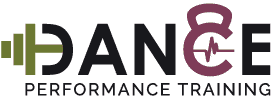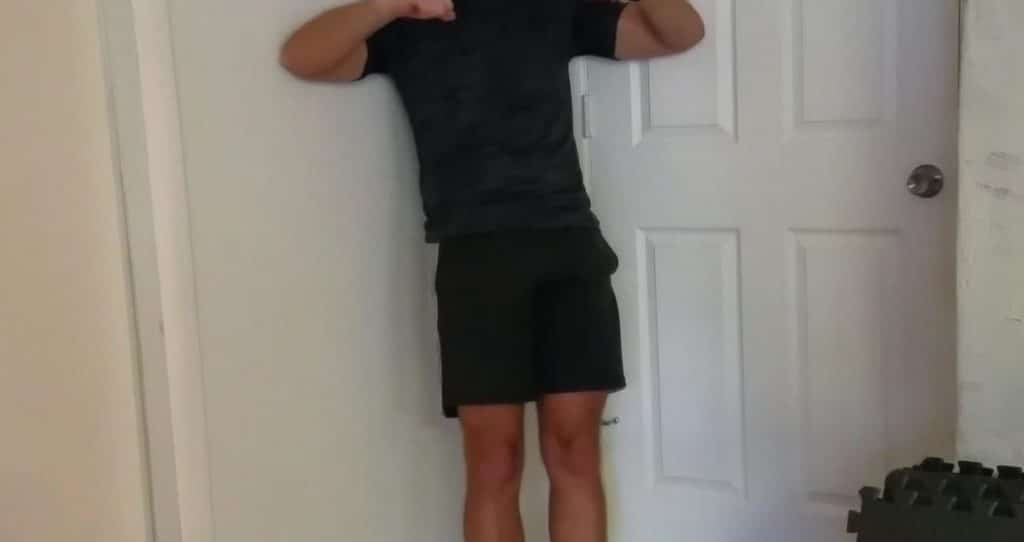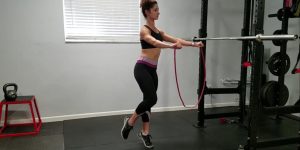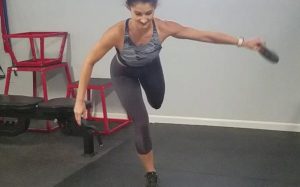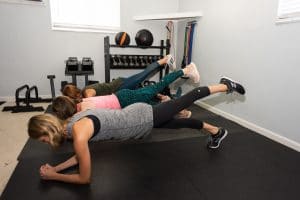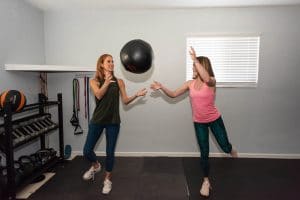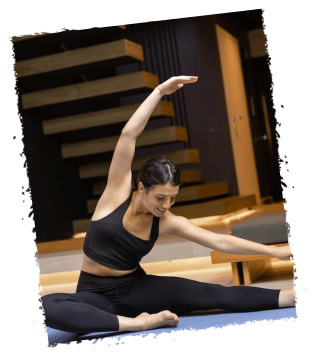Fix It Friday will feature common injuries/difficulties in dancers with a few tips to improve or prevent them!
This is phase 2 of our Anterior Shoulder Impingment Series! Check out phase 1 here.
If your shoulders pinch in the front with planks or lifting your arms overhead, you may need to work your shoulder stability to keep it sitting in the socket better. Check our our 1st video in this series to find starter exercises, but once those are easier, time to step it up a bit more.
- Corner Reverse Flye: In a sturdy corner, step your feet out slightly from the wall. Raise your elbows straight out from your side & keep the shoulder down (away from your ears). Not letting the shoulder raise up, push with your elbows to lift your body off the wall (keeping your core tight). You should be squeezing your shoulder blades together when your body is off the wall. Pause & return to start. Step out further if the move becomes easy, working to perform 6-8 reps for 2-3 sets.
- Plank Plus (Incline): Many dancers have trouble getting full control of their shoulder blades & this move may not come naturally. Find a sturdy table or bench to lean on, keep your core tight & if your elbows hurt you can allow a small bend in them, but then they should be frozen in place. The only movement here is from your shoulder blades. Think of spreading your shoulder blades as your upper back raises into the air. Hold here, then slowly let your upper back lower as your shoulder blades come back together. Work up to 3 sets of 15 reps.
- Supine Row to ER (DB): This move is even better if you have a higher surface to lay on. Then hold a light weight (or even water bottle) as you row it toward your stomach (pulling your shoulder back & not allowing it to tilt towards the ground). At the top, keep the upper arm parallel to the ground & elbow locked at your side, then rotate the weight to the side. This should be felt on the side & back of your shoulder. Repeat this sequence 8-12 reps for 3 sets, increasing the weight when able.
This is not medical advice. This is general exercises performed for this condition. Please seek professional advice for injuries or pain persisting over time. If general exercise gives you pain, you likely need more specific and direct attention. Take care of your body.
To keep up with our videos, follow along here or on any of our social media platforms.
Scott DPT
#BeyondCrunchesandPilés
